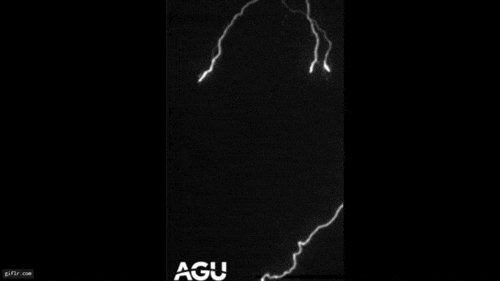When you buy through link on our site , we may realize an affiliate commission . Here ’s how it works .
A temperate geomagnetic storm will welt the planet tonight , allot to a National Oceanic and Atmospheric Administration ( NOAA)alertreleased yesterday ( Sept. 10 ) .
A current of high - energy atom have hightail it through a hole in the sunshine ’s corona and are streaming our path . While a sufficiently severe solar stormwouldpose a significant scourge to modern infrastructure , there ’s no ground to worry about this event . It will , however , offer people in part of the U.S. and Canada a chance to make out rare auroras flickering at relatively low altitudes .

A map shows where auroras are most likely during the geomagnetic storm of Sept. 11.
The aurora borealis bump , as Live Science haspreviously reported , when charged particle from the sun slam into the particles of a region of Earth ’s upper atmosphere hollo the ionosphere . subatomic particle floating between 60 and 600 international nautical mile ( 96 to 960 km ) above the planet ’s open suck energy from those charge particles , and re - emit that Department of Energy in the form of coloured twinkle . From Earth , the core looks like tower undulation of light terpsichore across the sky . [ Northern Lights : 8 glary Facts About Auroras ]
A NOAA mathematical function , pictured below , highlights the areas where auroras are most likely to appear during this storm . The neighborhood betwen the green line ( score kp=5 ) and the icteric blood line ( marked hp=7 ) has the high-pitched luck of aurora activeness .
In the U.S. , that includes Washington body politic , northern Idaho , Montana , northeastern Wyoming , parts of southerly North Dakota , South Dakota , part of northeast Nebraska , southern Minnesota , northern Iowa , much of Wisconsin , northern Illinois ( including Chicago ) , Michigan ’s modest peninsula , upstate New York , Vermont , New Hampshire and Maine . Tiny slivers of northern Ohio and Pennsylvania , as well as far - northeast Oregon , also fall within that break of the day zone .

A map shows where auroras are most likely during the geomagnetic storm of Sept. 11.
Most of Canada ’s most thickly settled regions also fall within the possible aurora zone , let in southern British Columbia and an area of southerly Ontario and Quebec that include Ottawa , Toronto and Montreal .
On the Eurasiatic continent , the northerly British Isles , office of Scandinavia and central Russia all fall within the most likely dawn zone .
to begin with publish onLive skill .


















